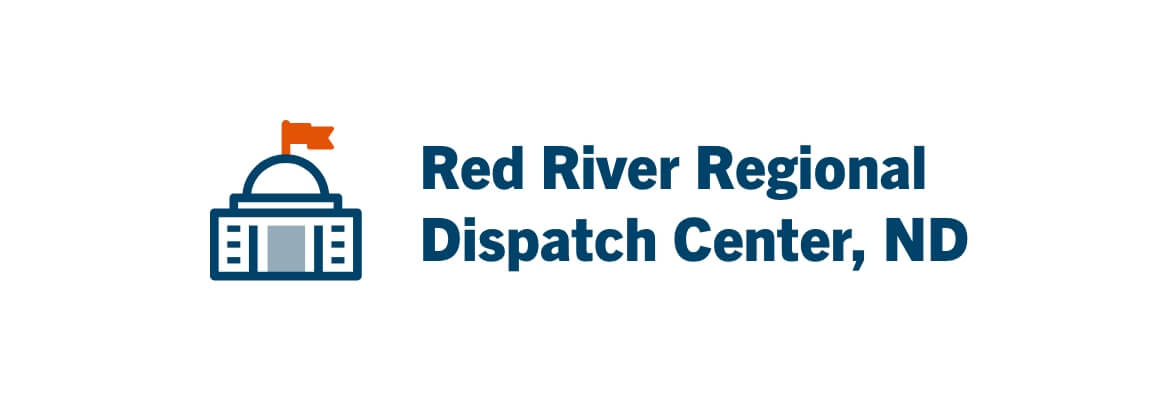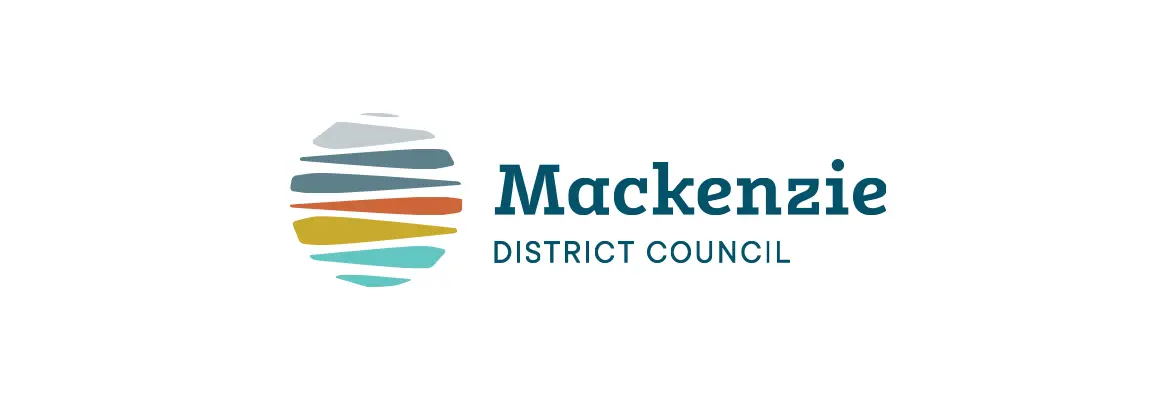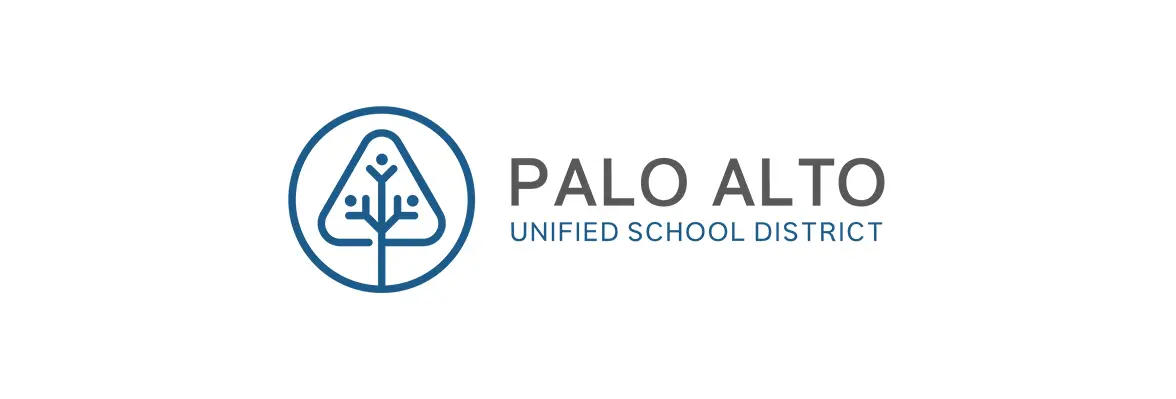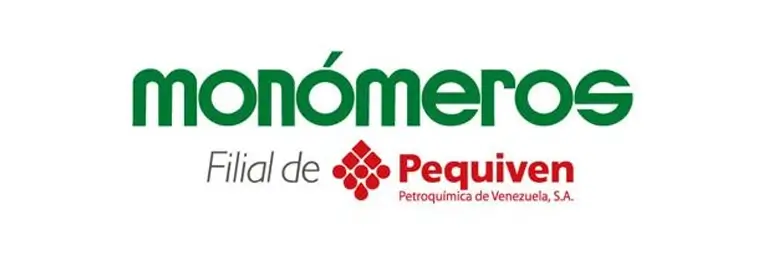Red River Regional Dispatch Center
4 min read
Located in Cass County, ND, the Red River Regional Dispatch Center (RRRDC) was the first 911 center in the country to consolidate services across state lines (North Dakota/Minnesota). While there are many multi-jurisdictional dispatch centers throughout the US, only RRRDC works with all of the fire, police and emergency response units in two counties in two different states.
Serving the metropolitan community of Fargo-Moorhead, RRRDC handles more than 121,000 emergency calls a year, dispatching responders from:
- Two sheriff’s departments.
- Seven police departments.
- Three city fire departments.
- 28 rural fire departments.
- 15 rural emergency medical service providers.
- One ambulance service.
According to Renee Lura, Professional IT Services Manager for the City of Fargo and an IT liaison/lead for RRRDC, “In the realm of public safety, sharing resources across agencies allows everyone involved to get more bang for their buck. Multi-jurisdictional agencies allow participants to pool their funding so that they can invest in more sophisticated technology and provide better, faster service to their communities.”
Integration with CAD/RMS/CMS Is Key
Lura notes that in 2009, during the transition from RRRDC’s legacy AS400 CAD/RMS system to the CAD/RMS/CMS from New World Systems, the team looked for an enterprise content management (ECM) system that could integrate with New World to make it easy for staff to access and share reports, photos, warrants and a variety of other scanned or electronic documents.
“Three of the agencies in our consortium were already using Laserfiche independently,” Lura explains, “so the opportunity to benefit from all that internal expertise was a major factor in our purchase decision.” Working with Laserfiche reseller CDI, she notes, was another. “The City of Moorhead and Cass County had worked with CDI for years, and everyone was comfortable with them from the start.”
Ultimately, though, it was CDI’s ability to build a seamless integration with New World that sold RRRDC on Laserfiche. “By integrating Laserfiche with New World, we can share documents across departments and jurisdictions. Anyone with security rights to a certain document can open it by clicking a button in the New World record. It’s easy and intuitive.”
The Laserfiche/New World integration works as follows:
- When users look under the Documents tab in New World, they find a Laserfiche button that indicates whether or not there is a corresponding Laserfiche folder.
- By clicking on the button, the Laserfiche client launches to the appropriate folder location and users are taken directly to the file associated with the record.
- Documents can also be scanned or uploaded into Laserfiche directly from the New World interface.
“Officers, detectives, dispatch and other authorized users all access pertinent information from one integrated interface,” says Lura.
ECM Enhances Security, Mobility and Compliance
Furthermore, because RRRDC uses Laserfiche Records Management Edition, a DoD 5015.2-certified solution that simplifies compliance with records management mandates, new records entering the system are automatically classified and filed into the proper records series.
“We use Laserfiche to manage everything from Wants and Warrants to animal tracking documentation to case notes from officers in the field, and different laws apply to different types of records,” says Lura. “Depending on a document’s metadata, Laserfiche automatically calculates and assigns cutoff and eligibility dates, making it easy for us to manage our records and comply with regulations.”
Lura notes that there are hundreds of users across the 58 agencies the dispatch center serves. “The thin-client solution, Laserfiche Web Access, is great for us because we have so many users spread out over so many different locations,” she says. “In the future, we look to give officers access to Laserfiche from their patrol cars, and Web Access is how other agencies are making this happen.”
Making sure that all the users have the right security permissions to see only the information that pertains to them, Lura says, has been relatively easy. “We’re a Microsoft shop, so it’s great that Laserfiche allows us to use Active Directory-driven security. We came up with a dynamic, matrixed approach that’s easy to administer and update as new staff is hired.”
Workflow Makes Work Easier Across Agencies
The consortium has also benefitted from Laserfiche Workflow, a business process management (BPM) tool that enables agencies to automate document-driven processes. “Different agencies maintain their own workflows, explains Lura. “The system is flexible enough to accommodate the needs of both RRRDC and the various agencies it serves.”
She notes that “automated approval workflows are particularly popular, as are case notification workflows that automatically notify records management staff after an officer has added information into the system.”
For example, the Moorhead Police Department implemented a series of workflow projects to minimize the amount of work involved in finding, completing and approving the paperwork associated with cases.
According to Troy Weber, Information Technology Specialist for the City of Moorhead, “Before we implemented Laserfiche Workflow, our permanent case files resided in a separate set of folders alongside our regular cases. This caused a lot of duplicate searches and errors as users needed to work with two paths because of the different permissions. Workflow now automatically sets permissions when any of the permanent case types are chosen, and the files are stored in the standard folder layout.”
He explains that case files are stored in a series of folders that match up with New World. “Because we needed the layout in Laserfiche to match up with the way New World is structured, our Laserfiche folder arrangement is not as user-friendly as it could be. In the past, our users spent a lot of time browsing to various subfolders when scanning documents,” Weber says. “We resolved this with a simple routing workflow that moves files from the new scans folder to the appropriate case folder based on metadata that was already being entered. This small change has saved a significant amount of staff time.”
In terms of approvals, Weber says, “We wanted an easy, paperless way for supervisors to ‘sign off’ on reports. Since this was only for internal purposes, we did not need an actual signature, but we did want to know which supervisor approved the document and when. Further, we wanted the documents to retain the original owner and created dates. Workflow provided an elegant solution.”
He explains, “We added a couple of fields to our template, but did not give users modify rights to them. One of the new fields is an approved field that only supervisors can modify. When populated, the workflow enters the logged in user’s name into the ‘supervisor’ field, along with the current date and time.” He further notes that this solution has given users the ability to search for documents based on a given supervisor’s approval.
Weber says that the Moorhead Police Department has found the software to be flexible and easy to configure. “Laserfiche Workflow has enabled us to transform useful digital document storage software into a full business automation solution,” he says.
From Lura’s perspective within RRRDC, “With everything it offers, from the New World integration to the business process automation and records management, Laserfiche allows the agencies in our consortium to save money each week on clerical tasks like filing. We find more and more ways to use the software every day.”





